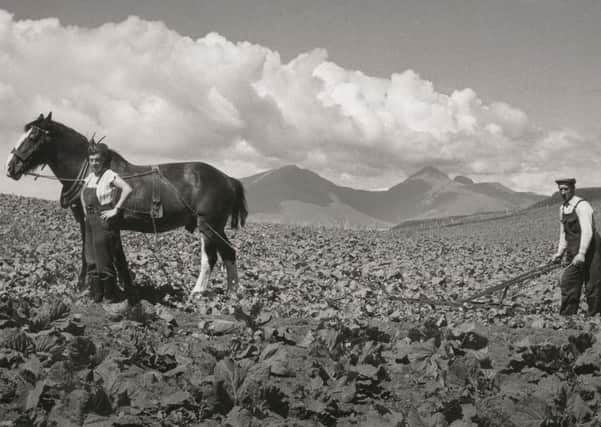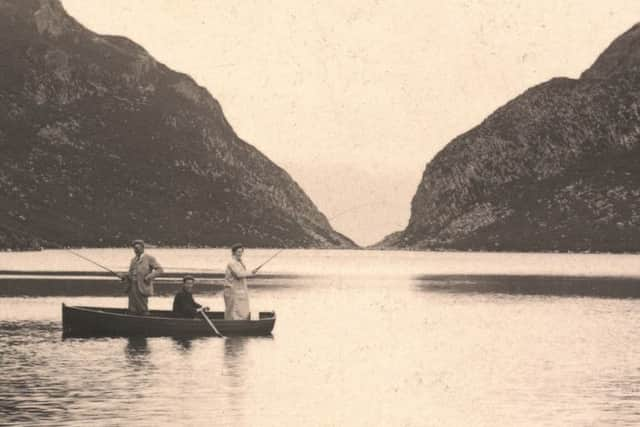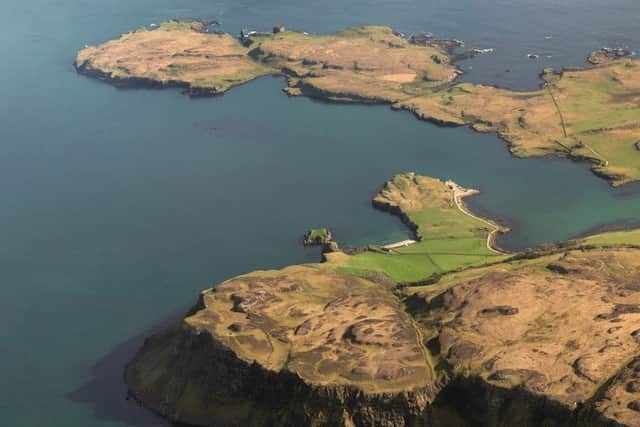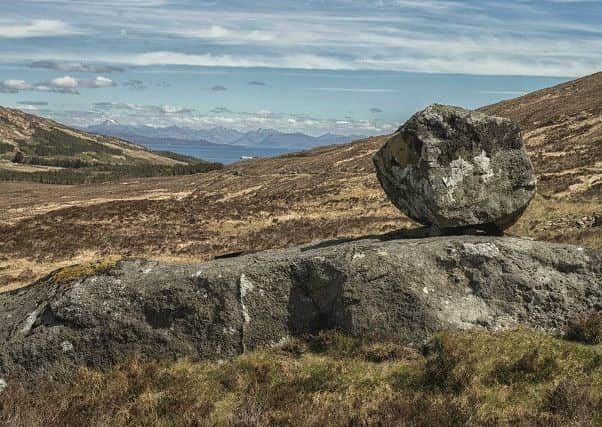The hidden history of Scotland's Small Isles
This article contains affiliate links. We may earn a small commission on items purchased through this article, but that does not affect our editorial judgement.


Now, the lesser known histories of Rum, Eigg, Canna and Muck have been unearthed and brought together for the first time.
The Small Isles, by Professor John Hunter, reveals how the islands have been at the heart of key moments in Scottish history, from a 10,000-year-old human settlement established for trading ‘magical’ bloodstone to the murders of early Christian pilgrims.
Advertisement
Hide AdAdvertisement
Hide AdHe looks at how the social and economic devastation of the Clearances paused their human history and how the construction of elite Victorian sporting retreats turned them into a pleasure ground for a privileged few.


Professor John Hunter, an archaeologist, was commissioned by Historic Environment Scotland to write the book. He said: “These quiet-seeming landscapes hide centuries of hardship, intrigue, controversy and violence.
“They are small islands with big histories. Yet, over the last two centuries, the traditions, customs, buildings and even place-names of these four islands had been depleted and erased. They had become islands without memories.”
Lying to the south of Skye and north of Mull and Ardnamurchan – the most westerly point of mainland Scotland – the islands have some 200 residents today, but were once home to over 1,600 people.


In the early 19th century the Clearances and the introduction of sheep farming sent reluctant islanders to the Scottish mainland and across the Atlantic.
Hunter continued: “The islanders took their traditions and memories with them. They were economic migrants. All that remain are ruined townships, like Port Mor on Muck, where islanders, forced off the land, tried to make a living before leaving for the New World.”
Professor Hunter has travelled extensively across the islands, and has also drawn on 150 years of archaeological source material – including many never before published maps, drawings, and photographs from the collections of Historic Environment Scotland, and field surveys carried out by the organisation’s archaeologists – in an attempt to reveal for the first time the stories of past cultures in danger of being lost forever.
Advertisement
Hide AdAdvertisement
Hide Ad

From rock shards that speak of prehistoric trading networks, and forts built by ancient warlords, to the chassis of a 1930s sports car dumped in the sea by its aristocrat owner, the stories of the islands are told through the objects and landscapes left behind by generations of islanders.
Professor Hunter said: “The Small Isles are fascinating in how they both display and hide their secrets within their modern landscapes. There are few places so geographically concentrated that provide such a vivid illustration of Scotland’s past from prehistory to the present day.”
DOWNLOAD THE SCOTSMAN APP ON ITUNES OR GOOGLE PLAY
